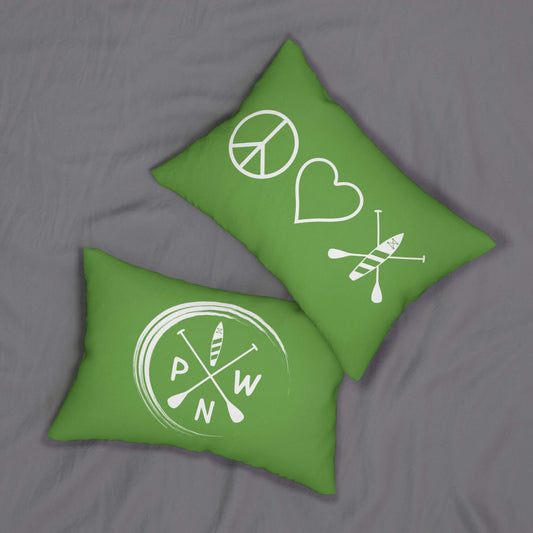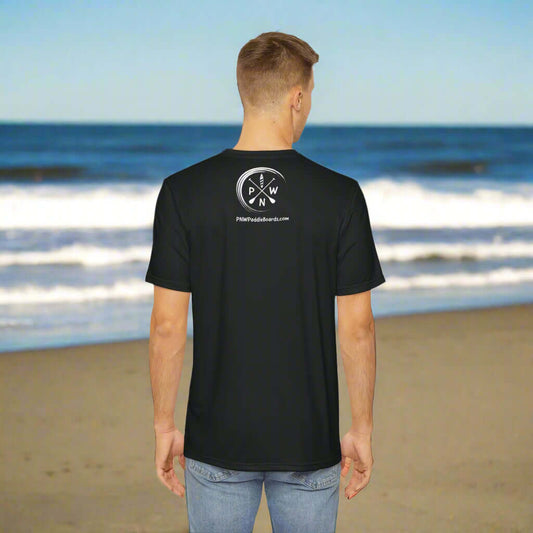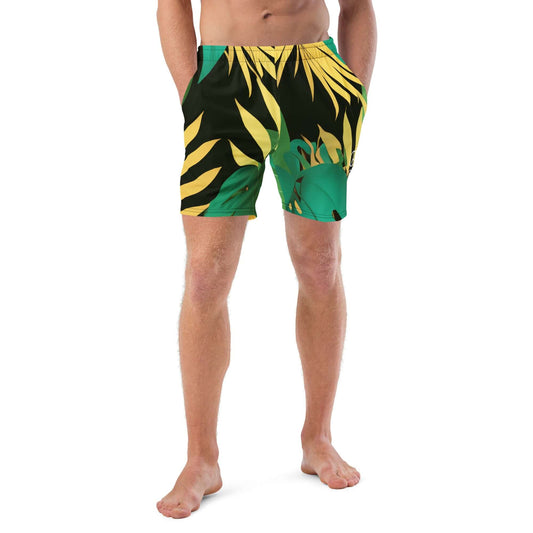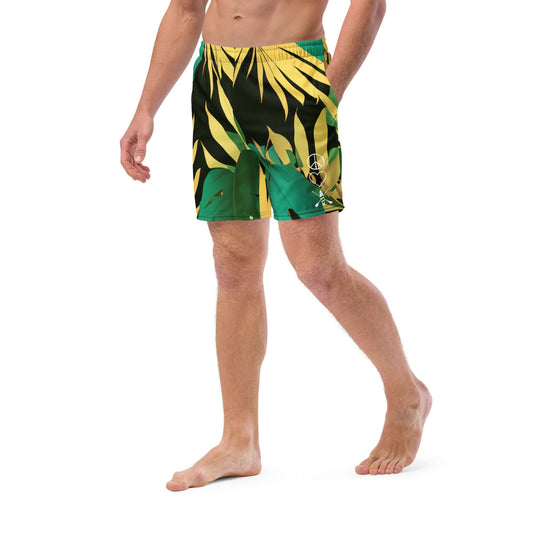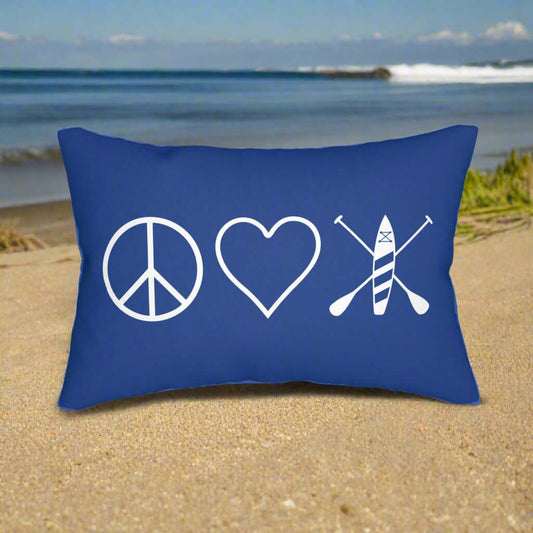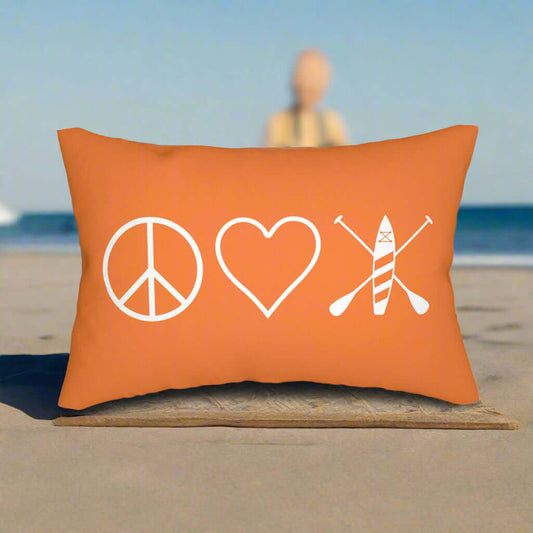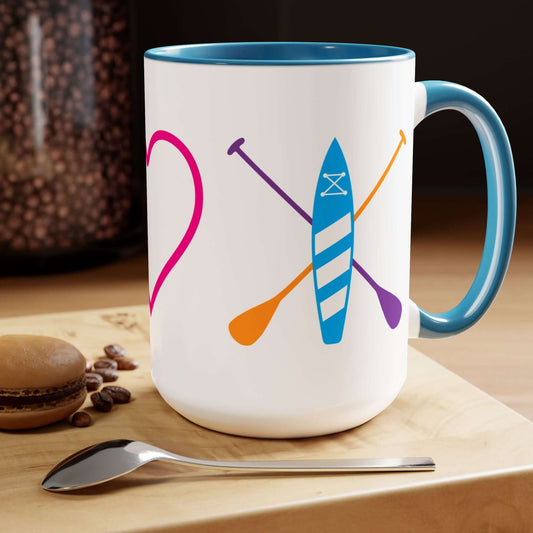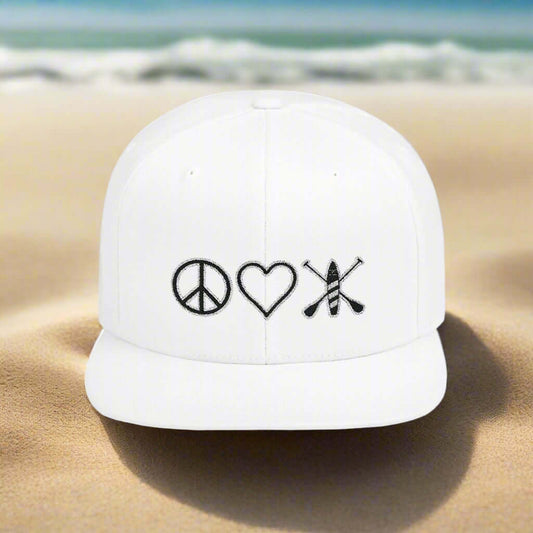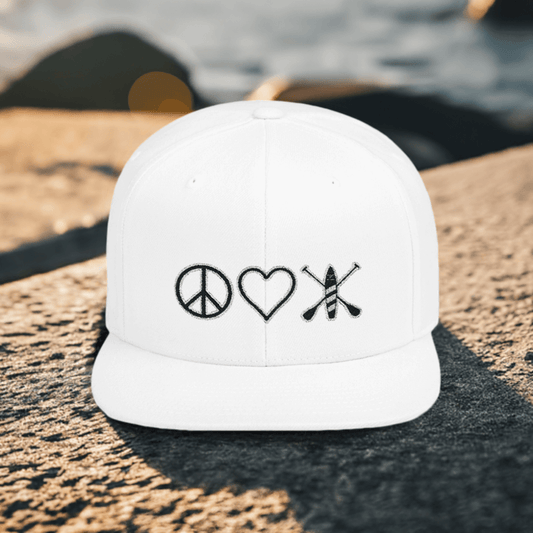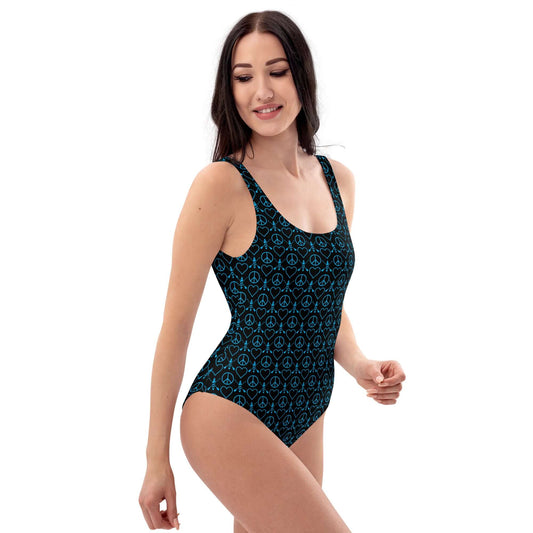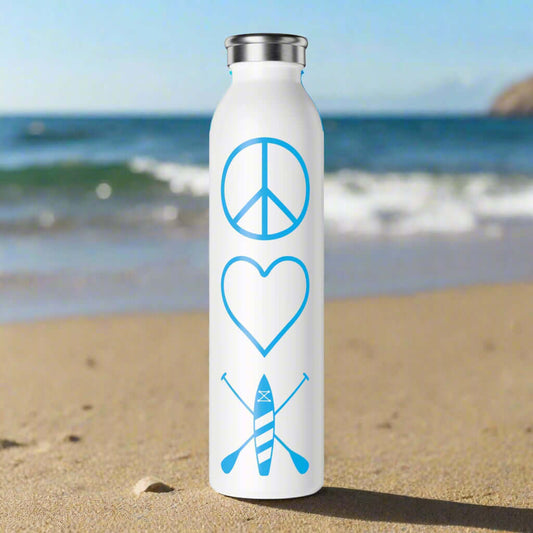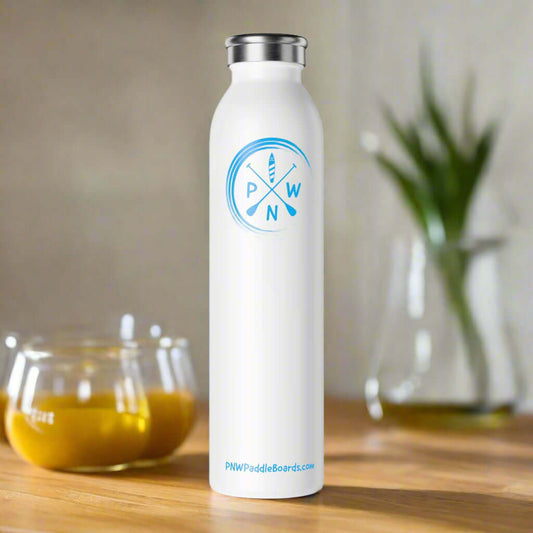
Paddle Boarding Safety Tips for New Enthusiasts
Frequently Asked Questions
1. What types of paddle boards are suitable for beginners?
2. What essential safety gear should I have while paddle boarding?
3. Why is it important to check weather conditions before paddle boarding?
4. What are some basic paddling techniques to ensure safety?
5. How can I practice safe falling techniques while paddle boarding?
Paddle boarding is an exhilarating way to explore the beauty of nature while staying active. Whether you're gliding across calm lakes or riding the waves in the ocean, the thrill of paddling gives a sense of freedom that many seek. However, as with any water sport, safety should always be a top priority for novices and seasoned paddlers alike. In this article, we'll explore essential paddle boarding safety tips to help you enjoy this fun activity securely and confidently.
Know Your Equipment
Before diving into the adventure of paddle boarding, familiarize yourself with your gear. Understanding the basics will better prepare you for safe experiences on the water.
Types of Paddle Boards
There are various paddle boards on the market, each designed for specific conditions and experiences. Some popular types include:
- All-around Boards: Flexible and stable, perfect for beginners.
- Touring Boards: Longer boards suited for covering distance on flat water.
- Surf Boards: Shorter boards designed for riding waves.
- Yoga Boards: Wider and more stable for practicing yoga on the water.
Each style offers unique benefits, so choose one that aligns with your goals and experience level. Consider trying out different types to figure out what suits you best.
The Right Paddle
Your paddle should match your height and paddling style. Generally, a paddle should be 6-8 inches taller than you for optimal efficiency. A proper fit will improve your technique and help prevent injury.
Check the Weather Conditions
Weather plays a crucial role in paddle boarding. Always check the forecast before you set out. Here’s what to look for:
- Wind: High winds can create dangerous conditions, especially on larger bodies of water. Aim for a light breeze or calm conditions on your first outings.
- Temperature: Dress appropriately for the temperature and potential changes in weather. Water temperatures can drop quickly, so don’t assume that warm air means warm water.
- Storms: Avoid paddle boarding during thunderstorms. Lightning can strike water, posing a severe risk to your safety.
Essential Safety Gear
Invest in safety gear to ensure a secure experience every time you paddle board. Among the must-haves are:
- Personal Flotation Device (PFD): Always wear a PFD, even if you're a strong swimmer. Choose a comfortable vest that allows for mobility.
- Leash: A leash connects you to your board, preventing it from drifting away if you fall off. It’s essential for keeping yourself safe, especially in choppy waters.
- Whistle: A whistle can be a lifesaver in case you need to signal for help. It's small and easy to attach to your PFD.
- Sun Protection: Wear sunscreen and a hat to protect yourself from UV rays, even on cloudy days.
Learn the Basics of Paddling
Paddle boarding is fun, but mastering the basics will enhance your safety and enjoyment on the water. Remember the following techniques:
- Stance: Stand with your feet hip-width apart and knees slightly bent. This position helps maintain balance.
- Paddling Technique: Use long, smooth strokes, pushing the water behind you. Rotate your torso to engage your core, which builds strength and enhances paddle efficiency.
- Turning: To turn, use a reverse stroke on one side or engage your paddle in a “C” stroke motion.
Paddle with a Buddy
It's always safer to paddle board with a friend or group. Not only does it make your experience more enjoyable, but it also provides support in case you encounter any issues. Look out for each other and create a buddy system to ensure everyone gets back to shore safely.

Know the Water Rules and Regulations
Every waterway has its own set of rules and regulations. It’s essential to be aware of them for your safe navigation. Here are some tips to help you stay compliant:
- Right of Way: Familiarize yourself with maritime right-of-way rules. Boats typically have the right of way over paddle boards, so always be cautious around them.
- Restricted Areas: Some areas may have restrictions on paddle boarding, so always check local guidelines before heading out.
- Wildlife Protection: Respect wildlife habitats. Keep a safe distance from wildlife and avoid disturbing animals.
Plan Your Route Wisely
Before setting off, it's crucial to plan your route. Here are some considerations for a smooth journey:
- Select Familiar Waters: Stick to areas you know well as a beginner. As your skills improve, you can explore different locations.
- Time Your Trip: Allocate sufficient time for paddling, factoring in breaks and possible obstacles.
- Landmarks: Use environmental landmarks to navigate and keep orientation while on the water.
Practice Safe Falling Techniques
Falling off your board is a natural part of the learning process. Rather than panicking, practice the following techniques:
- Stay Calm: Take a deep breath and remain composed. Panicking can lead to further risks.
- Fall Away from Your Board: When falling, try to land away from your board to prevent injury from the paddle or board itself.
- Reboard Safely: When getting back on your board, reach for the handle and pull yourself back up with one leg while balancing with your other.
Hydration is Key
Paddle boarding can be physically demanding, so it’s essential to stay hydrated, especially in warmer conditions. Bring water along and take breaks as needed. Dehydration can lead to fatigue or dizziness, which could compromise your safety on the water.
Get Acquainted with Your Local Environment
Every body of water offers a unique experience. Spend some time understanding the ecology of the area you’ll be paddling in, including:
- Water Depth: Know the depth of the water you're heading into, as shallow areas could result in a fall or equipment damage.
- Currents: Be aware of any currents or tides that could affect your ability to return smoothly.
- Local Flora and Fauna: Encounter intriguing wildlife, but remember to respect their habitats.
A great way to engage more is to outfit yourself with a mahogany and bamboo boat for a stunning and comfortable experience while paddling. These materials provide durability, aesthetics, and functionality while enhancing your time on the water.
Be Cautious of Water Temperature
Water temperatures can vary significantly based on location and conditions. If you fall in and the water is particularly cold, practice self-rescue techniques by swimming back to your board and climbing back on. Consider a wetsuit for colder weather to maintain your body temperature.
Embrace the Community
Paddle boarding brings people together. By joining local paddle boarding clubs or participating in events, you’ll not only improve your skills but also forge friendships that enhance the sport's enjoyment. Enjoying paddle boarding as a “fun” community activity can lead to memorable experiences and greater safety awareness.
Your Paddle Boarding Adventure Awaits!
With these paddle boarding safety tips under your belt, you're all set for an exciting and secure adventure on the water. Remember that practice and preparation are paramount to ensuring a fantastic experience. Embrace the fun, respect the environment, and look forward to the many great days ahead on your paddle board. Whether you’re navigating serene lakes or riding the waves, the thrill of paddle boarding is at your fingertips!

